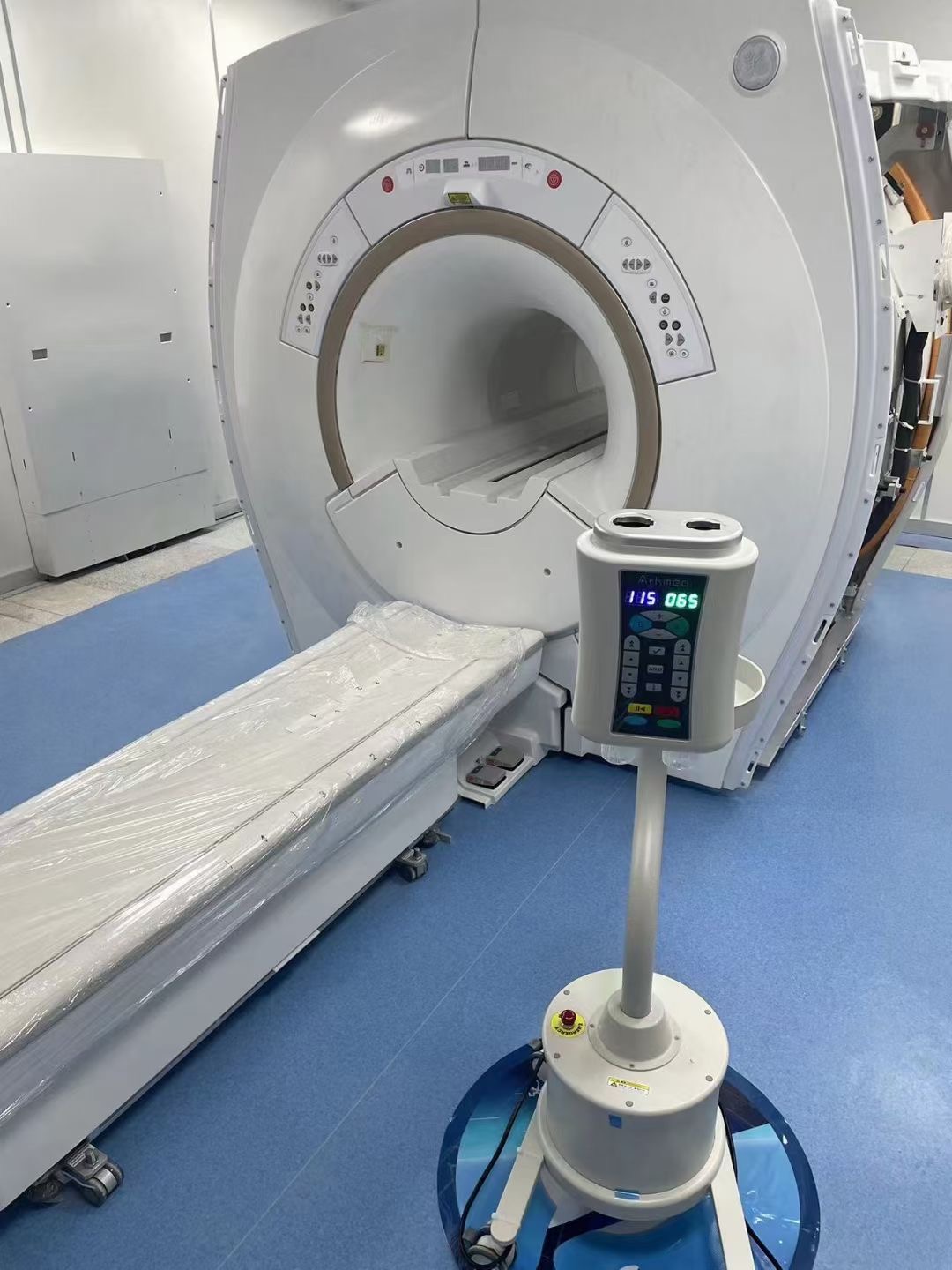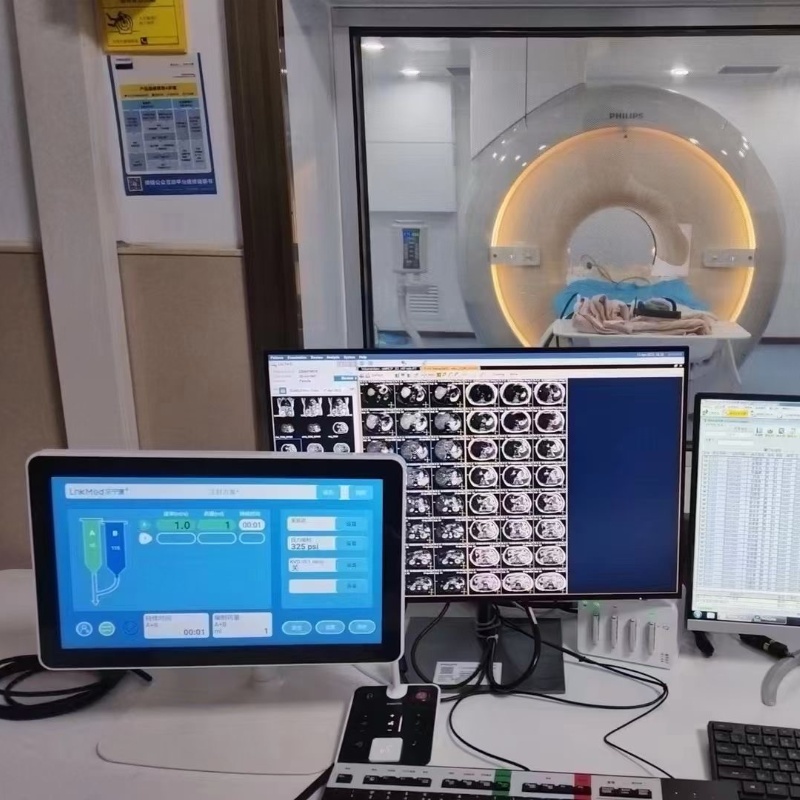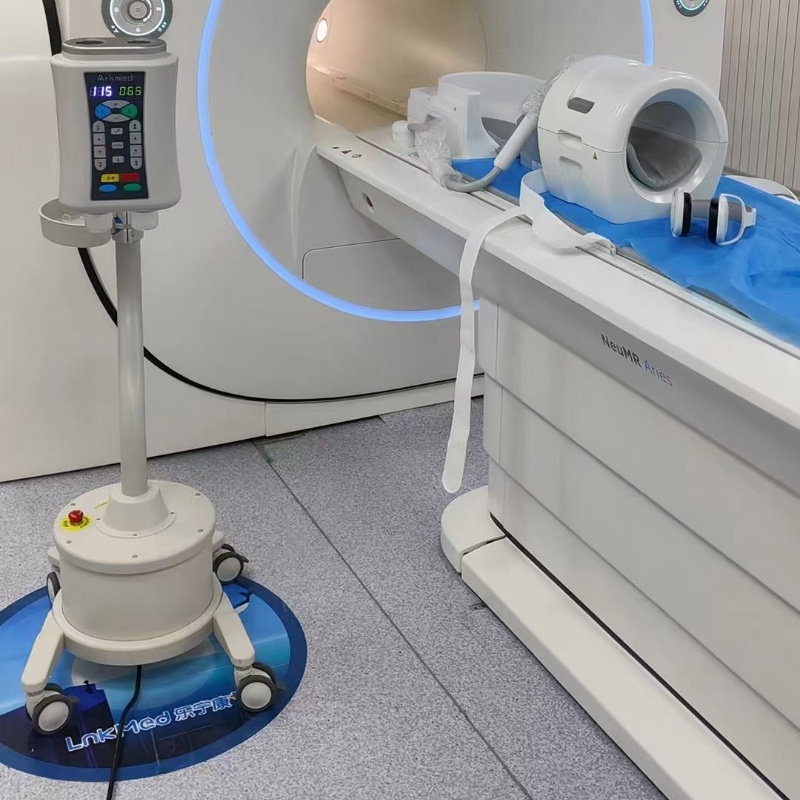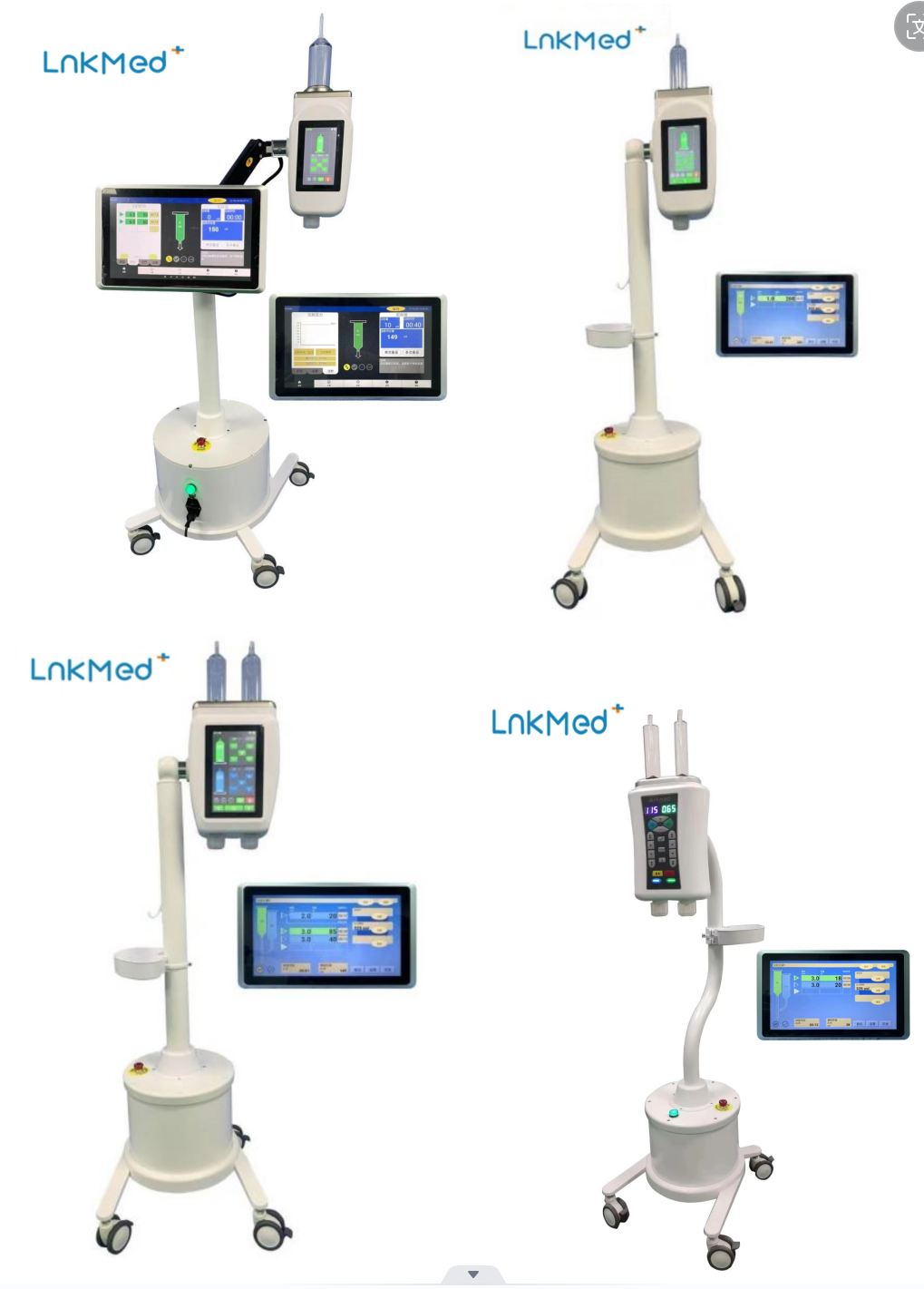Most MRI scanners used in medicine are 1.5T or 3T, with the ‘T’ representing the unit of magnetic field strength, known as the Tesla. MRI scanners with higher Teslas feature a more powerful magnet within the machine’s bore. However, is bigger always better? In the case of MRI magnetic strength, it is not always the case.
A higher magnetic strength MRI doesn’t necessarily guarantee the best screening and diagnosis of medical conditions. In fact, the optimal MRI choice depends on various factors and considerations, such as the specific organs being imaged, patient safety and comfort, and imaging quality. So, when is it appropriate to use a 1.5T or 3T scanner? Let’s explore some of the key differences between the two.
Safety and Image speed
Balancing scan speed and maintaining body temperature presents a challenge in full-body MRI. One of the by-products of an MRI is increasing body temperature, as the body’s tissues absorb electromagnetic energy during the scan, known as the Specific Absorption Rate (SAR). When scanning with a 1.5T machine, the heating limits are reached at certain points during the scan. If the same scans were conducted with a 3T scanner, the body temperature would rise four times higher, exceeding the heat limit by fourfold. There are methods to address this issue, such as spacing out the scans to increase scan times or reducing the resolution of the scans. Therefore, using a 1.5T MRI is preferable as it offers a more comfortable and safe experience for the patient without compromising image quality.
Scanning Patients With Implants
The biggest concern for any imaging test is the level of safety, which is why all imaging tests have such strict guidelines. As far as MRI is concerned, in most cases, patients can be safely scanned using 1.5T and 3T MRI machines.
However, higher magnetic field strength comes with higher risks. Patients with metal implants and devices, including pacemakers, hearing AIDS, and all types of implants, are more likely to be affected by magnetic fields in 3T scanners. Therefore, these patients would be safer with a 1.5T MRI scanner.
Imaging quality
The accuracy of MRI images is crucial for precise diagnoses and identifying abnormalities within the body. It’s commonly assumed that an MRI with greater magnetic strength would produce higher quality images. While this holds true in certain cases, a 1.5T MRI machine is versatile for general imaging, whereas a 3T MRI machine is often employed to capture more detailed images of small structures like the brain or wrist.
The quality of MRI images is crucial for accurate diagnoses and detecting abnormalities. A 3T MRI scanner is well-suited for imaging small areas such as the brain and small joints. However, the higher magnetic strength can be a double-edged sword.One downside is that the 3T MRI machine is more susceptible to imaging artifacts. Ongoing limitations of 3T in the spine and body include susceptibility from gas in the bowel, which can obscure surrounding organs, as well as the dielectric effect, where areas of the image appear dark due to the radiofrequency wavelength used in 3T imaging. There is also an increase in artifacts caused by fluids. All of these issues can impact the quality of the scan.
In A Word
While it may seem like a higher-intensity MRI scanner is the best option, that’s not the whole story. In a perfect world, radiologists would want MRI to produce the highest quality images for their patients quickly and safely. However, reality shows that you can’t have one without compromising. So, are you going to get faster scans at the expense of image quality? Or opt for a safer scan, but risk exposing patients to the machine for longer? The correct answer depends largely on the primary use of MRI.
Another topic that deserves attention is that when scanning a patient, it is necessary to inject contrast agent into the patient’s body. And this needs to be achieved with the help of a contrast agent injector. LnkMed is a manufacturer that specializes in manufacturing, developing, and selling contrast agent syringes. It is located in Shenzhen, Guangdong, China. It has 6 years of development experience so far, and the leader of the LnkMed R&D team has a Ph.D. and has more than ten years of experience in this industry. Our company’s product programs are all written by him. Since its establishment, LnkMed’s contrast agent injectors include CT single contrast media injector, CT dual head injector, MRI contrast media injector, Angiography high pressure injector, (and also the syringe and tubes that suit for brands from Medrad, Guerbet, Nemoto, LF, Medtron, Nemoto, Bracco, SINO, Seacrown) are well received by hospitals, and more than 300 units have been sold at home and abroad. LnkMed always insists on using good quality as the only bargaining chip to win the trust of customers. This is the most important reason why our high-pressure contrast agent syringe products are recognized by the market.
For more information about the LnkMed’s injectors, contact our team or email us by this email address: info@lnk-med.com
Post time: Apr-02-2024












